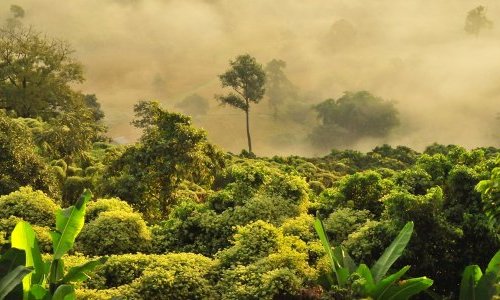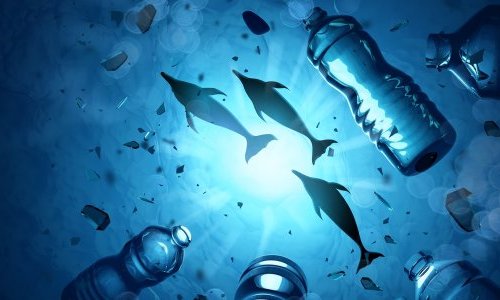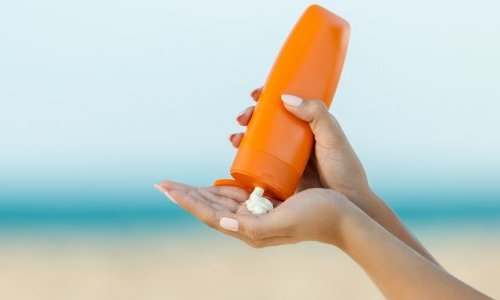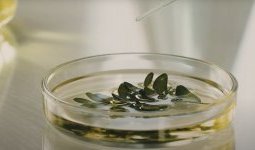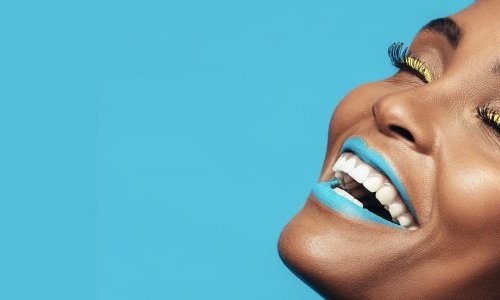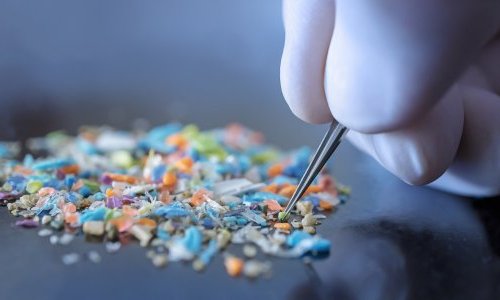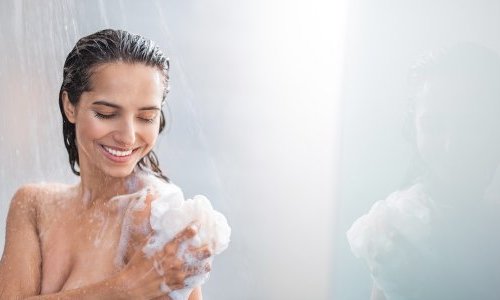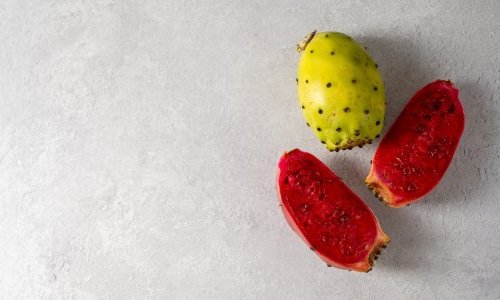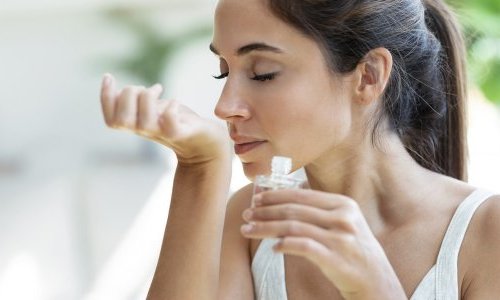Consumed without further processing, in juice or sorbet, or incorporated into the formula of certain cosmetic products such as moisturizing lotions or shampoos, açaí berries have become the darling of superfood enthusiasts around the world.
Brazil is the world’s leading producer of acai berries. Para, the source of 90 percent of the country’s crop, produced almost 1.4 million tonnes of it in 2021, worth more than USD 1 billion for the state’s economy, according to the Brazilian Institute of Geography and Statistics (IBGE). From there, acai went on to win fans worldwide, from the United States to Europe, Australia and Japan. Brazilian exports of acai and its derivatives surged from 60 kilograms in 1999 to more than 15,000 tonnes in 2021.
However, the global success of the black berries is reshaping the world’s biggest rainforest — for better and worse.
In the Amazonian state of Para during the harvest season, farmers can fill up to 25 large baskets of about 14kg each, bringing home between 300 and 625 reais (USD 60 to USD128). Middlemen buy the berries and bring them by boat to Belem, the state capital, where they are sold as quickly as possible, before the fragile fruit goes bad.
’Acai-ification’ of the Amazon
Acai production has long been presented as a model of “bio-economy”, a source of income for local populations in the Amazon without cutting into the rainforest. But studies show the expansion of acai palms (also called açaizeiros) in is causing a loss of biodiversity in some regions by replacing other species.
"Leave nature to its own devices, and you get 50 or maybe 100 acai plants per hectare," says biologist Madson Freitas of the Museu Goeldi research institute in Belem. "When you go beyond 200, you lose 60 percent of the diversity of other native species." He has published a study on the phenomenon, which he calls "acai-ification."
According to Freitas, the loss of other plant species in turn has a negative effect on acai, which becomes less productive because of a loss of pollinators such as bees, ants and wasps.
Longer dry periods in the Amazon, which may be exacerbated by climate change, are also hurting acai, which tends to grow on land that floods during the rainy season.
“Environmental service”
Freitas says that sustainable acai production is possible but that stronger conservation laws and policing — as well as incentives for farmers — are needed to combat single-crop farming and preserve the rainforest.
Salomão Santos, a local leader in Igarape São João, admits acai’s dominance could become a problem. "Those of us who live in the Amazon know we can’t live on one single species," he says. He recalls the commodity booms and busts of the past, such as sugar cane and rubber. He wants compensation for local communities who preserve the Amazon, whose hundreds of billions of carbon-absorbing trees are a vital resource against climate change.


